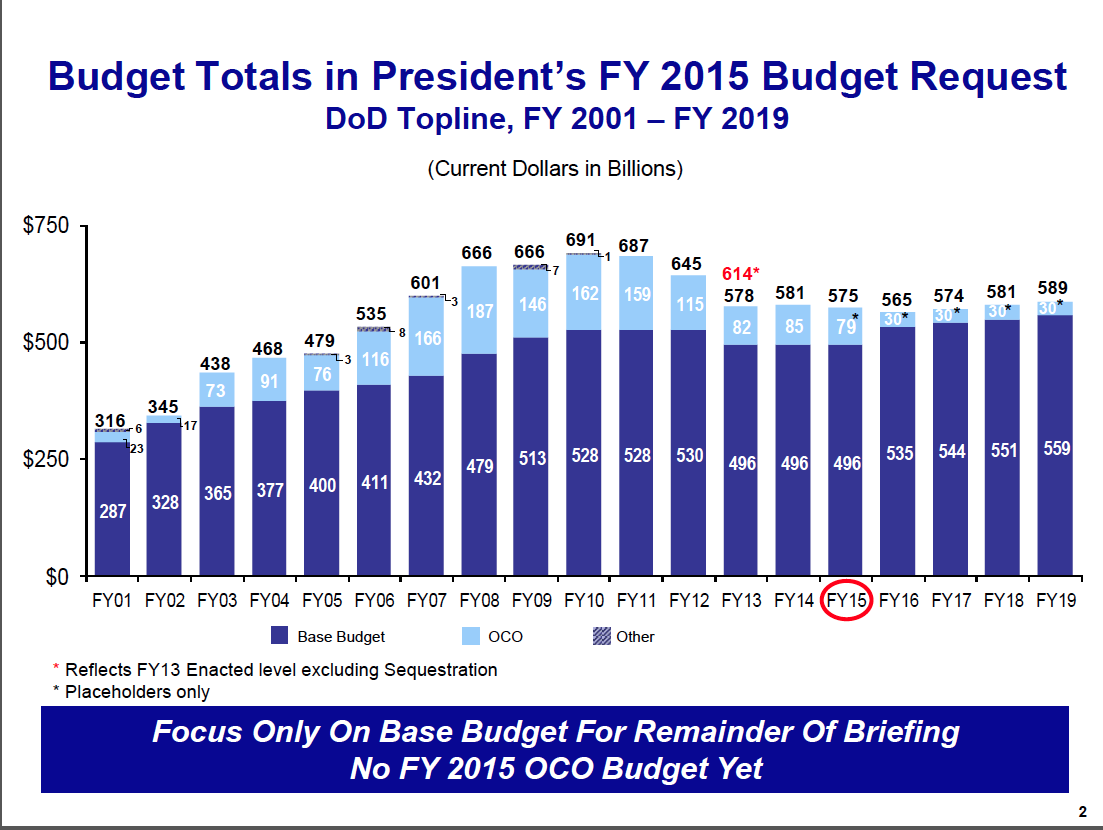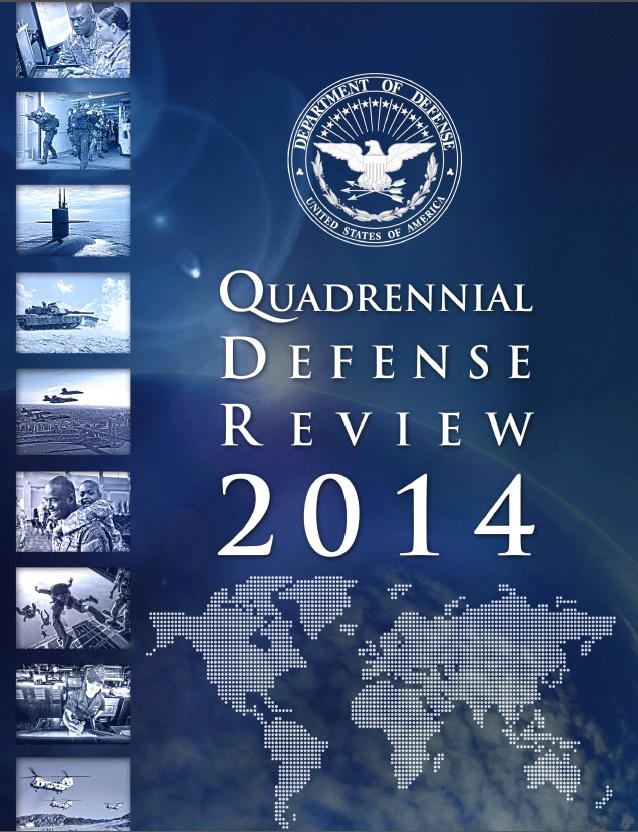Those of you who have read some of my previous musings know that I have a bee in my bonnet about Pentagon “Double Speak.” You know… the overly complicated buzzwords and phrases for simple things. Here’s a link to one of my articles that has some examples. A few of my favorites include:
- New Presence Paradigm: Overseas Bases
- Hybrid Contingencies: Kludges
- Proxy Groups: Terrorists
- Dynamic Environment: The Real World
- Asymmetric Approaches: More with less
- Rebalance Tooth-to-Tail: Cut contractors
- Win Decisively: Win
- Rebalance: Cut
- “Opportunity, Growth, and Security” Initiative: Slush Fund
- Innovation: Not in DoD dictionary
- Multi-lateral Security Architecture: Treaty
- Force Planning Construct: Size
- Efficiencies: Negative Budget Wedges
As I was reading the news this morning, I found this article on the name change of the “Air Sea Battle” concept in DoD Buzz. So forget about Air-Sea Battle and let me introduce you to Joint Concept for Access and Maneuver in the Global Commons! True to form, the Joint Staff has managed to take a relatively simple name and complicate it to the point of non understanding. Of course what would a new concept be without its accompanying acronym, JAM-GC? I suppose the pronunciation will be JAM-Jic or something like that. I can here the conversation in the Pentagon Food Court now, “What are you working on now?”….”Oh, I’m now the JAM-Jic lead and believe you me there’s lots of jamming and jickin to be done now that this Air-Sea thing has vaporized.”
So, I was never a fan of the Air-Sea Battle thing. IMHO, it was just a budget ploy by the Air Force ( and a somewhat reluctant Navy) to show relevance in an era where it’s relevance was waning. It’s not the first time the Air Force, after becoming alarmed by increasing dependence on and relevance of naval forces, began to seek ways to move into Navy mission territory. This always puzzled me, because in my mind it’s always be a air-sea-land battle. Especially as the perceived budget pressures have forced all the Services to cut force structure. In any serious and protracted campaign, the Navy needs Air Force tanking and command and control capabilities. And the Air Force relies on the assets from the Navy with little or no support requirements to beef up the Joint Force. It was never clear to me why Air Force and Navy needed to invent a “new concept” for something that has always existed….except for the issue of the Joint Strike Fighter. This $160 Billion over-budget, 7 year-late program is costing the King’s treasure and consuming all other aspects of the budgets of both services. Why not influence operational concepts as well? The story line? Air Force and Navy are inextricably linked by the Air-Sea Battle Concept and we must have the JSF to make it work. To the Hawks on the Hill, this can be a very compelling argument. One wonders what was going through the minds of the Army folks while they watched this little menage a deux develop.
Well, I guess the Army dusted things up enough to cause a name change, albeit no less threatening to their budget. As they say in the Patriot’s locker room, “All’s fair in love and war!” So to appease the Army, it appears we now have a new concept. And the name is a doozy…..Joint Concept for Access and Maneuver in the Global Commons.  Access is there to appease the Air Force and Navy, while Maneuver is there to keep the Army below the horizon of the doctrinal landscape.
Access is there to appease the Air Force and Navy, while Maneuver is there to keep the Army below the horizon of the doctrinal landscape.
I have to comment that the new name doesn’t do much for me…..especially the Global Commons piece. To this dinosaur, Global Commons is just a hoity-toity pretentious way for the Pentagon illuminati to show how deep their thoughts are. What is/are the Global Commons? Here’s what Wikipedia says:
a term typically used to describe international, supranational, and global resource domains in which common-pool resources are found. Global commons include the earth’s shared natural resources, such as the deep oceans, the atmosphere, outer space and the Northern and Southern polar regions, the Antarctic in particular. Cyberspace may also meet the definition of a global commons.
I am assuming that in the context of the Pentagon’s understanding, global commons to us unenlightened means “the places we want to be, that others don’t want us to be.” My suggestion for the name of the concept would be the “Enter, Conquer,Stay, Operate” Concept, ECSO or EkSo. It’s sooooo much nicer than Jam-Jic, Don’t you think?
Anyway, as we face serious and deadly threats from everywhere and everything, Syria, Afghanistan, ISIS/L,Budgets, cyber, meteorites, ebola, global warming, etc., it’s good to know we still have thinkers working on US access and maneuver in the Global Commons.


 Now here’s a rough chart (I’m sure the numbers are off slightly) of what sequestration funding levels are relative to the DoD budget. Notice it’s $115 Billion out of round through 2019. That’s how much money the Pentagon is stuffing into the budget over sequestration spending levels.
Now here’s a rough chart (I’m sure the numbers are off slightly) of what sequestration funding levels are relative to the DoD budget. Notice it’s $115 Billion out of round through 2019. That’s how much money the Pentagon is stuffing into the budget over sequestration spending levels.  The only point of this little tale is to impress upon you how important it is that we get this fixed. We can’t keep grinding our people into the dirt with endless budget drills which make no sense. There are three possible strategies to deal with the situation IMHO:
The only point of this little tale is to impress upon you how important it is that we get this fixed. We can’t keep grinding our people into the dirt with endless budget drills which make no sense. There are three possible strategies to deal with the situation IMHO:
